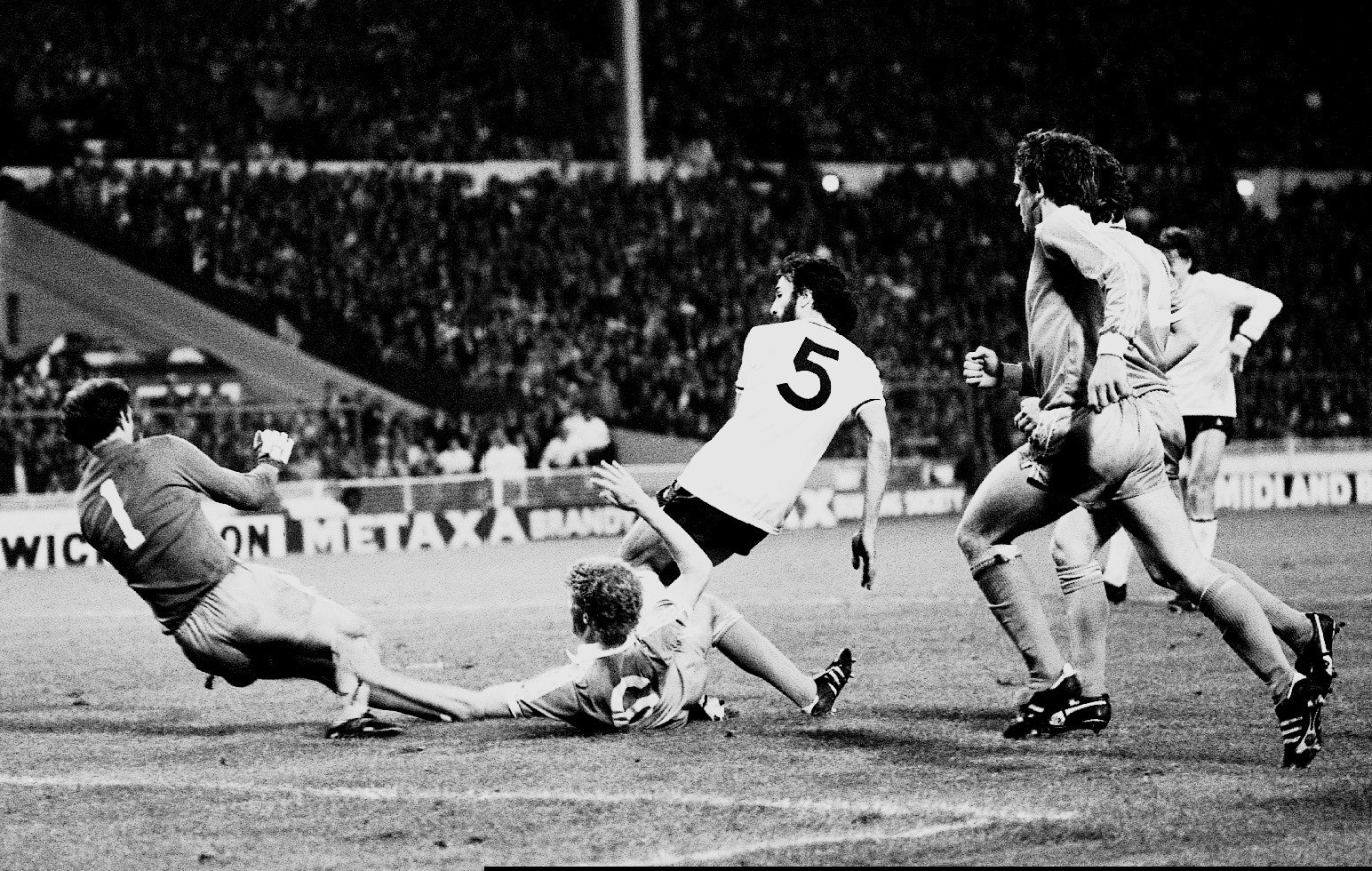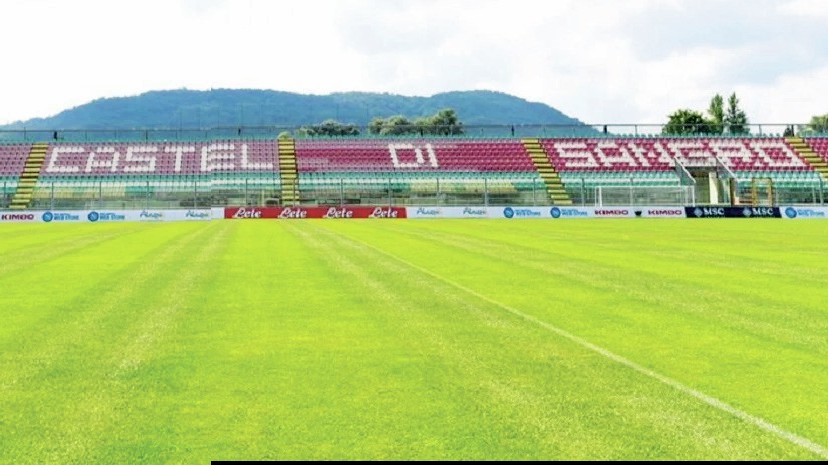PACKIE BONNER – THE LAST LINE, BY PACKIE BONNER WITH GERARD McDADE, PUBLISHED BY EBURY PRESS, £20
RATING OUT OF 10: 8
CAN it really be 25 years since the Republic of Ireland reached the quarter-finals of the World Cup and Packie Bonner made his famous penalty shoot-out save?
Yes, time flies by and Bonner has timed his autobiography to coincide with the 25th anniversary of his last 16 penalty save from Romania’s Daniel Timofte. David O’Leary then kept his cool to net the winning spot-kick and earn the boys in green a quarterfinal clash against Italy.
This book is well written and the early description of the shoot-out is a good one. I won’t spoil it all by revealing too much, but here’s a taster: “I spring to my right, feeling this huge gulp in my throat and then the immense satisfaction of the ball thudding off my gloves and away to safety.”
Unfortunately, Ireland were edged out 1-0 by hosts Italy in the quarter-finals after ‘Toto’ Schillaci knocked home a rebound after Bonner could only parry a Roberto Donadoni longrange effort.
In the days leading up to the match, the Irish players had been introduced to Pope John Paul II, who had been a goalkeeper in his youth.
Bonner’s team-mate Andy Townsend tells a good story from the Italy match, recounted by the keeper in his book.
“As I dejectedly made my way into the showers after Schillaci had put us out with that goal, Jack was leaning against the shower-room door, drawing on a cigarette while chatting to his captain. As I passed by, out of the corner of his mouth, he was reputed to have said, ‘aye, the Pope would have saved that one’. Well you had to laugh.”
There are some great anecdotes in The Last Line and Bonner, 55, can draw on all his experiences. What comes through in the book is his love of his native Donegal, Ireland and Celtic. In two decades, he made 641 appearances for Celtic, winning four Scottish League titles, three Scottish Cups and one Scottish League Cup.
But it wasn’t all success as Bonner was forced to live through some lean times with the Scottish giants and admits he would have loved to have had greater success with the Bhoys in Europe.
And life wasn’t always easy with the Ireland squad, especially when Roy Keane went ballistic at manager Mick McCarthy before the World Cup in 2002 and was sent home.
Bonner said: “In a team sport, togetherness is everything and felt that Roy had broken that solemn, binding code with his team-mates and his manager.”
He also writes movingly about the loss of close friend and former Celtic team-mate Tommy Burns from skin cancer at the age of 51.
All in all, The Last Line is a well-crafted, fascinating account of a dedicated professional’s career.
A HISTORY OF BRADFORD CITY AFC IN OBJECTS, BY JOHN DEWHIRST, PUBLISHED BY BANTAMSPAST, WWW.BANTAMSPAST.CO.UK, £30
RATING OUT OF 10: 8
WHEN someone as well respected as Hunter Davies says ‘this is the best illustrated history of any club I have ever read’, then your expectation levels rise.
But no one can argue that John Dewhirst hasn’t delivered. This is as thorough a book as you will find and will no doubt provide Bradford City fans with plenty of memories from years gone by.
Whether you are talking about programmes, tickets, letters, badges, scarves, records, stickers and a host of other memorabilia, Dewhirst covers it in his book, which is undoubtedly a labour of love.
This tome will keep you going for a long while, and it’s one of those books that you can dip in and out of to your heart’s content.
Something I wasn’t expecting was as much coverage of Bradford City’s neighbours, Bradford Park Avenue, but Dewhirst explains how the clubs have been intertwined, especially until 1970 when the latter were in the Football League.
“Little remains to remind people that Bradford once had two Football League clubs and I believe it is important to keep that memory alive,” said Dewhirst. “In my opinion it was a tragedy that the two did not pool resources at the outset and it goes a long way to explain why the trophy cabinets were not filled.”
One of Dewhirst’s bugbears is how the media often refer to Bradford City simply as Bradford. He points out that ‘Bradford’ is Bradford (PA) and not Bradford City. The design of the book is excellent with a superb array of pictures combining well with the words to make the right mix.
In his introduction, Dewhirst says: “I don’t pretend it to be a definitive history and I will readily admit that it is an idiosyncratic journey… sometimes objects provide a better reminder of events than facts, figures or words.”
Even if you’re not a Bradford City fan, this book may well appeal to you as it chronicles how one club has changed in all recognition over more than 100 years.
Bradford hasn’t had the success of cities like Manchester, Liverpool and London over the years, but there are still a ton of stories to enjoy and ponder. This book will keep you entertained for a long time.














